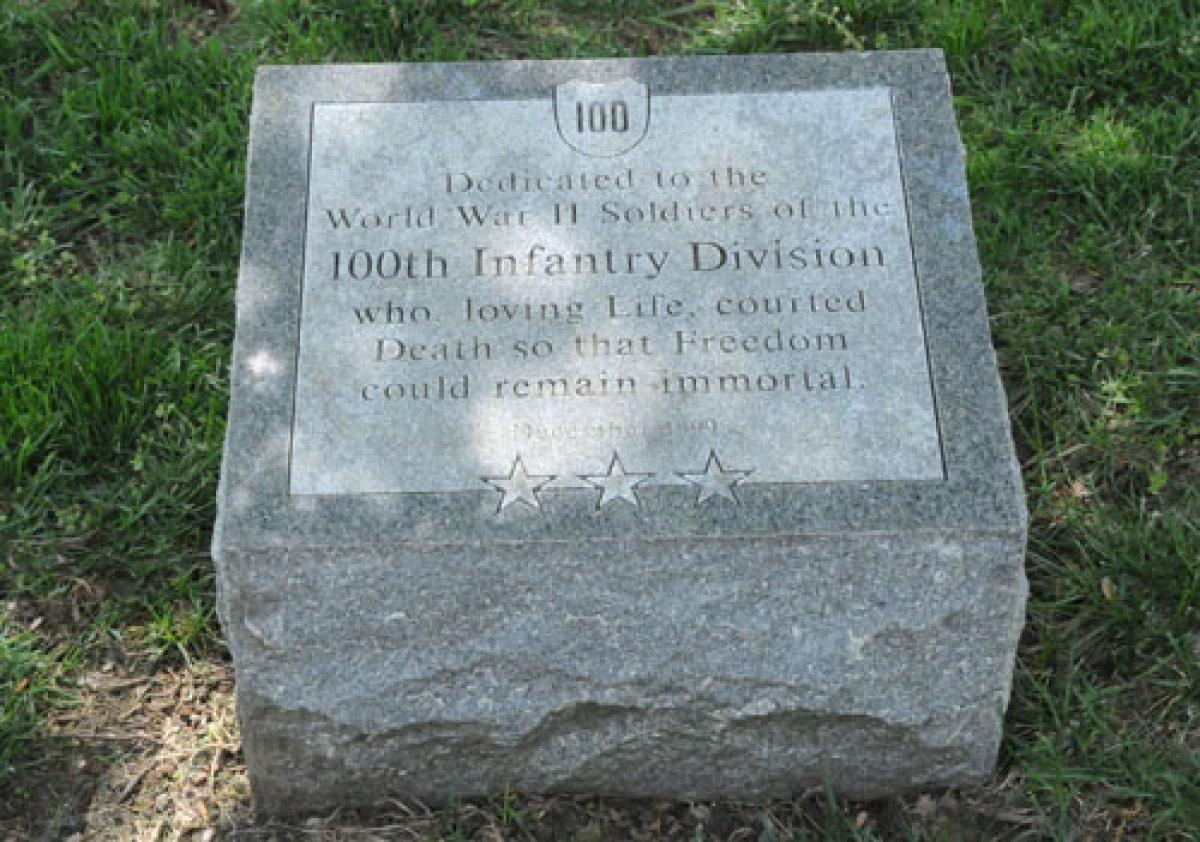- Our Community
- Community Overview City History Community Demographics Chamber of Commerce Events and Activities City Calendar City Parks On-Line Store Cemeteries Local Weather Photo Gallery
- Library School District Public Safety Emergency Management Police Fire ADA Compliance Americans with Disabilities Wall of Honor Wall of Honor
- Grove Regional Airport Grand Lake Association INTEGRIS Grove Hospital Har-Ber Village Lendonwood Garden Playmakers Theatre Cayuga Mission
- Doing Business
- Welcome Visitors
- Grand Lake Association Grove Area Chamber of Commerce Grove Regional Airport Playmakers Theatre
- Cayuga Mission Har-Ber Village Lendonwood Garden Grand River Dam Authority (GRDA)
- On-line Store Photo Gallery Events Where to Eat Where to Stay Where to Park in Downtown Grove Wolf Creek Park & Boating Facility
- Inside City Hall
- Contact City Hall Staff Directory Submit a Complaint or Comment City Code Comprehensive Plan Jobs - Equal Opportunity Employer Non-Discrimination Download Employment Application Submit Employment Application
- Agendas and Minutes City Council Boards and Committees Convention and Tourism Bureau Economic Development Authority Municipal Airport Authority Municipal Service Authority Planning and Zoning Board Zoning Board of Adjustments ADA Compliance Americans with Disabilities
- Departments Administration Airport Buildings and Grounds Community Development Economic Development Finance Fire Emergency Management Municipal Court Police Public Works Utility Services
- Helpful Resources
- Alerts and Notifications Email Subscriptions Events and Meetings Agendas and Minutes City Calendar In the News City News
- Contact the City Staff Directory Submit a Request or Concern Code Red Code Red Login Documents and Forms Documents and Reports Forms, Permits and Applications Maps
- Social Media City of Grove on Facebook Wolf Creek Park on Facebook Grove Animal Control on Facebook Frequently Asked Questions Frequently Used Numbers Helpful Links
United States Army 100th Infantry Division (Sons of Bitche)

U. S. ARMY 100TH INFANTRY DIVISION (SONS OF BITCHE) - The 100th Division (formerly the 100th Infantry Division) is an infantry division of the United States Army headquartered at Fort Knox, Kentucky. It currently serves as a major training command of the United States Army Reserve. Throughout its long history, the division has taken on numerous roles. Serving as the 100th Infantry Division until the 1950s, the division then briefly became the 100th Airborne Division before becoming the 100th Division (Training). Since this transformation, the division has primarily taken on numerous training roles for other Army units.
It was activated in mid 1918, too late to join the fighting in World War I. The division is best known for its exploits during World War II as the 100th Infantry Division. Fighting in the European Theater, the division advanced through France and Germany through the end of the war, fending off serious German counterattacks along the way. World War II would be the only war the division would fight in before taking on its role as a training unit.
World War II
The 100th Infantry Division was reactivated in the active duty force on November 15, 1942 at Fort Jackson, South Carolina. The division sailed to Europe on October 6, 1944, arriving at Marseille, France on October 20th. It was made part of VI Corps of the Seventh United States Army, Sixth United States Army Group.
As soon as the division was prepared for combat, it began moving into the Meurthe-et-Moselle region, and sent its first elements into combat at St. Remy in the Vosges Mountains on November 1, 1944. The division as a whole began the relief of the 45th Infantry Division at Baccarat on November 5th, the attack jumped off on November 12th, and the division drove against the German Winter Line in the Vosges Mountains. The 100th took Bertrichamps and Clairupt, pierced the German line, and seized Raon-l'Étape and Saint-Blaise-Moyenmoutier. Later in November the division moved into the Vosges region.
In December 1944, the division went on the offensive in the vicinity of Bitche, France. The division occupied the nearby areas of Wingen and Lemberg after fierce fighting on December 6-10th. The division then advanced to Reyersweiler, which fell after fighting. Fort Schiesseck, a major defensive work in the region, capitulated after a heavy assault by the 100th. The division was ordered to halt its attack and to hold defensive positions south of Bitche as part of the Seventh Army during the Battle of the Bulge. Thanks to a stout defense, the men of the 100th later became known as the "Sons of Bitche". On March 15, 1945, the attack jumped off and on March 16th, Bitche fell to the 100th Infantry Division.
The division spent 163 days in combat. During that time, it suffered 5,038 battle casualties, including 883 killed in action, 3,539 wounded in action, 483 missing in action, and 491 prisoner of war. The division took 13,351 enemy prisoners of war on its own. Members of the division won three Medals of Honor, seven Distinguished Service Crosses, five Legions of Merit, 492 Silver Star Medals, 23 Soldier's Medals, 5,156 Bronze Star Medals, and 90 Air Medals. The division itself was awarded three campaign streamers for participation in the campaign.
100th Infantry Division returned to the United States via the Hampton Roads Port of Embarkation on January 10, 1946, and was released from active duty at Camp Patrick Henry, Virginia that day. The division then began the process of demobilization, before inactivating on January 26th.
Click any thumbnail image to view a slideshow


